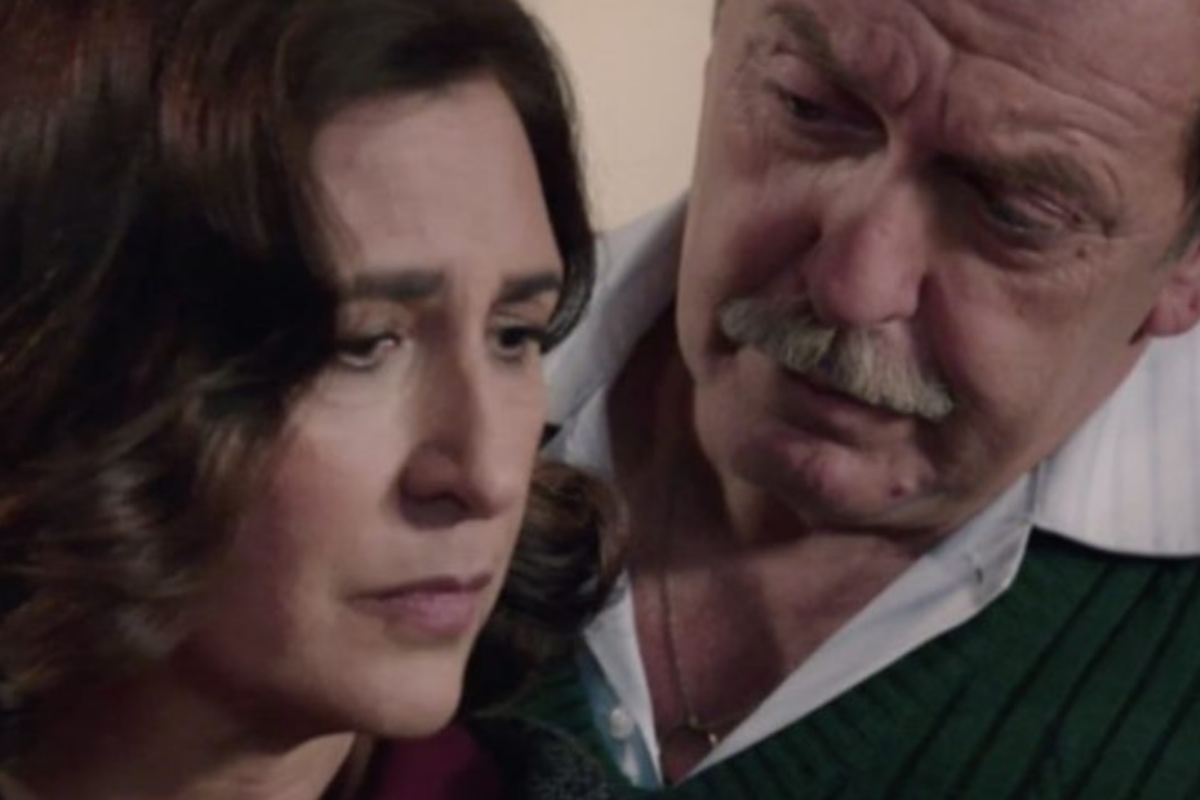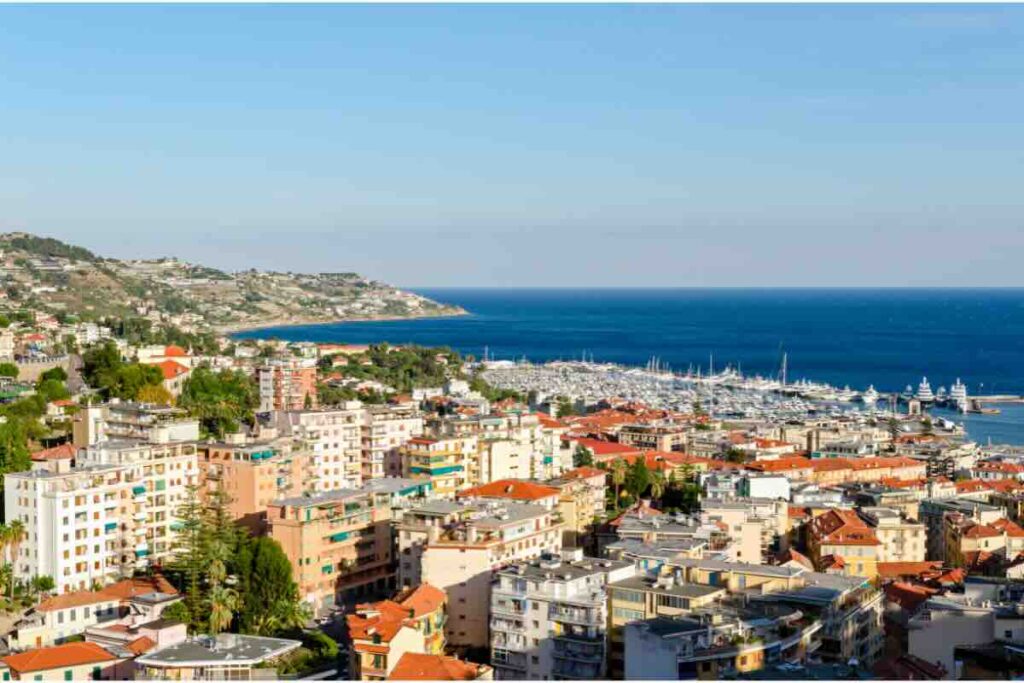icsm.it
Cronaca

Il Paradiso delle Signore, Armando dimentica Agnese: c’è un’altra donna
Al Paradiso delle Signore succede del clamoroso, Armando è pronto a dimenticare Agnese: di mezzo pare esserci una nuova donna. …
Notizie
Eventi
Sport
Sinner e i suoi fratelli: alla scoperta dei tennisti italiani under 23 che stanno crescendo all’ombra del talento altoatesino
Sinner non è l’unico giovane tennista azzurro che sta scalando la classifica ATP: scopriamo quali altri talenti stanno emergendo Che …
Leonardo Cerri, chi è l’ultimo gioiello del vivaio juventino: età, carriera e caratteristiche del giovane attaccante italiano
Leonardo Cerri è l’ultimo gioiello lanciato dal vivaio della Juventus. L’attaccante ha debuttato in Serie A nella sfida contro l’Udinese …






















